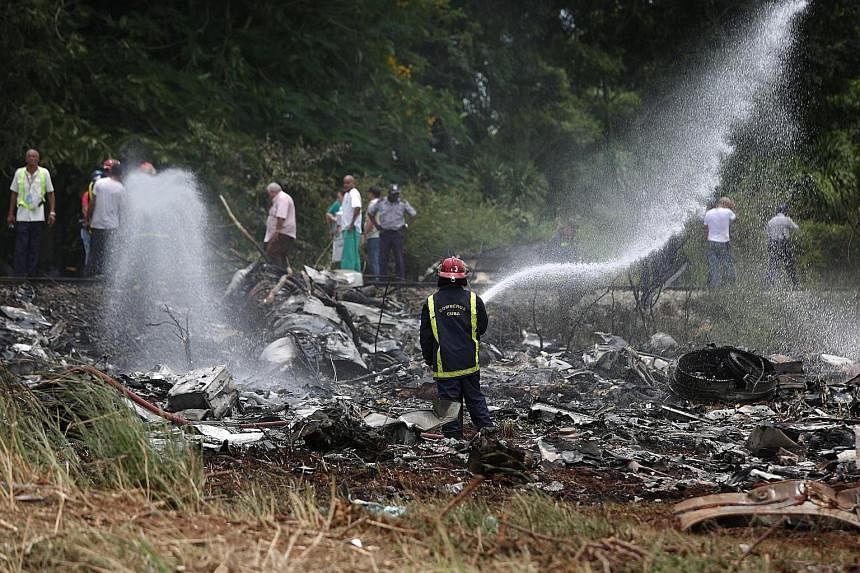MEXICO CITY • Almost 40 years old by the time it crashed last Friday just outside of Havana, killing 110 people, the ageing Boeing 737 had changed ownership nearly a half-dozen times - passing from operators in the United States to Canada, from Cameroon to the Caribbean.
Although the cause of the crash has not been determined, the plane itself is a powerful symbol of Cuba's troubled aviation industry.
As tourism to the island surges, Cuba's national airline finds itself struggling to acquire enough planes to meet the demand and maintain its decrepit fleet.
Cuba's economy has long been in shambles, and experts say the troubles plaguing its aviation sector stem from the same obstacles that have bedevilled the country for decades: economic mismanagement and the US embargo of the island.
Some experts say the sanctions have crippled the nation's ability to gain access to the vendors and financing needed to get new aircraft.
Cuba's problems have got so bad that, a few weeks ago, the country grounded most of its domestic flights because of safety concerns over its fleet.
To keep the aviation sector flying, officials have been forced to lease planes from foreign outfits that sometimes use decades-old planes, like the one that crashed right after takeoff last Friday, killing nearly everyone on board.
The old Boeing 737 had been leased to Cubana de Aviacion, the state airline, by a relatively unknown Mexican company with just three aircraft in its fleet.
"That's one of the oldest passenger jets I have heard of that is still in service," said Mr Richard Aboulafia, vice-president of the Teal Group, an aviation and aerospace consulting company in Fairfax, Virginia.
Although Mexican officials said the plane had passed safety inspections as recently as November, it is one of just 100 of its model still in circulation across the globe, reflecting the limited options the Cuban government has to continue operating its state airline.
Mr Adel Yzquierdo Rodriguez, Cuba's Transportation Minister, said that among the 110 dead, 15 had been identified so far, including 10 adults and five children.
NYTIMES

